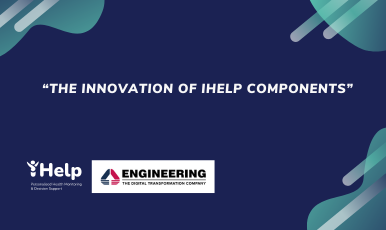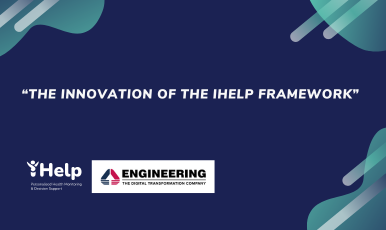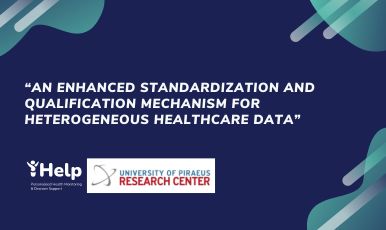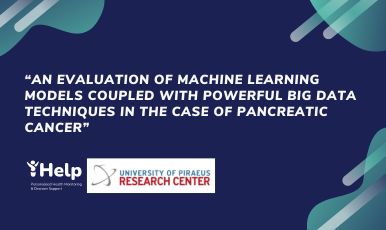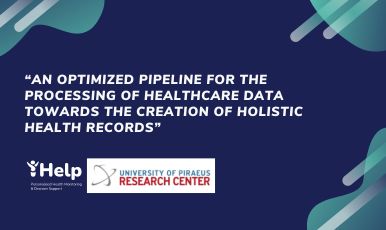Within iHELP a set of technological developments have been performed, resulting in the release of tools that can improve the medical practice.
These tools could be divided into two groups based on their applicability and objectives: one that copes with patient monitoring and engagement and the other that is related to the Clinical Decision Support System (CDSS).
- Patient monitoring and engagement
There is consensus about the fact that involving patients in the healthcare process is highly advised. This is referred to as “patient empowering” and consists in making the patient the first element in the healthcare chain.
This outcome has been covered by the Healthentia APP released in iHELP. Through this platform, patients are aware of their status and progress, and can easily see how their behaviors are aligned or not with the specified objectives. This covers the prospective data (data that is gathered in real-time), and what has been labeled as secondary data in the project’s terminology. This APP can automatically gather most of the data from wearables like Garmin or Fitbit, making easy the recompilation of these important parameters.
But, since the data gathered is stored in the central iHelp platform, it is fully available to clinicians. This fact covers another important neediness in current healthcare: how to monitor patients who are not in acute episodes and, thus, are not being actively treated by the Hospital or healthcare organizations.
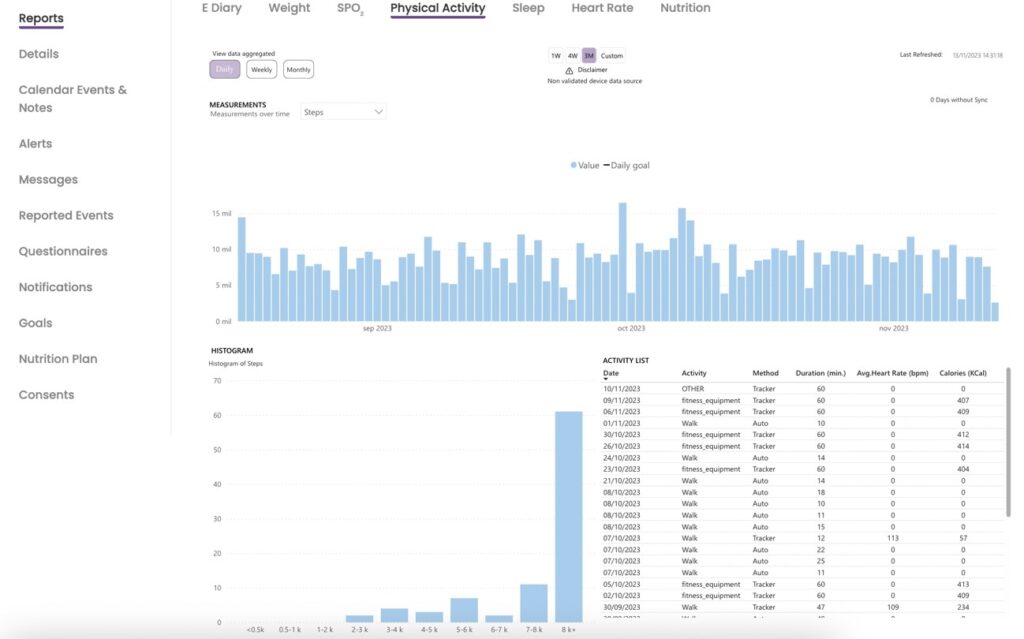
Despite iHelp focus on Pancreatic cancer, Healthentia’s features could be applied to many other diseases like chronic diseases linked with aging.
2. CDSS (Clinical Decision Support Systems)
From several years ago CDSS have been recognized as useful tools to improve healthcare by both reducing variability and making available the last knowledge about any disease to any physician and any patient.
It consists of generating knowledge from clinical data and combining that knowledge with a concrete patient’s data, offering a proposal of diagnosis, treatment, or prognosis for that patient.
In iHelp, some mechanisms have been released in that regard. The HHR data model allows to store of retrospective medical data in a standard way, what has been called “primary data” in the project’s terminology. Then, different AI models were developed over that data resulting in indicators of the risk of developing Pancreatic cancers as well as another type of cancers.
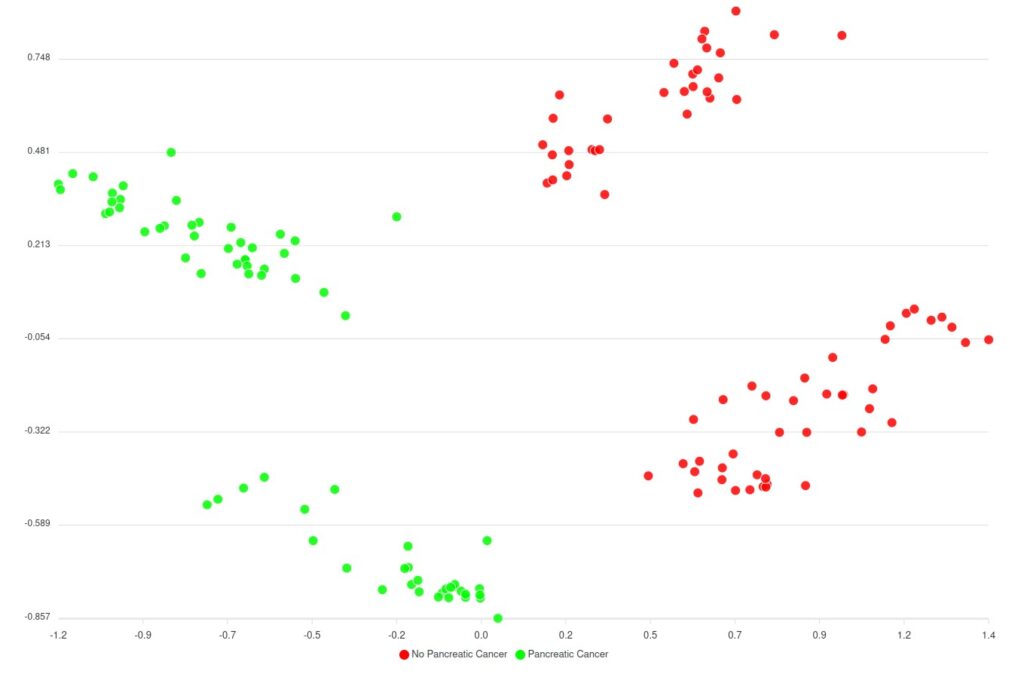
And also a module of “alerting and monitoring” has been released, allowing to detect concrete situations in the secondary data gathered by Healthentia, triggering an alert to the clinicians and letting them decide whether or not to send it automatically to the patient.
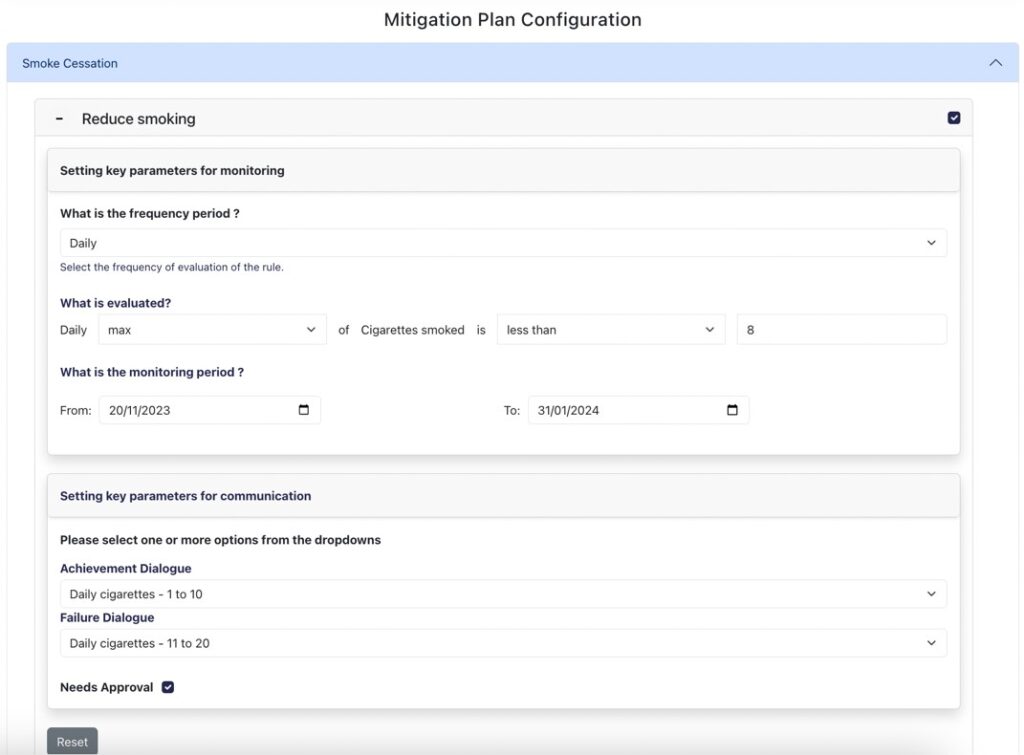
All that content makes us consider that the iHelp project has produced outcomes that can enhance current clinical knowledge regarding Pancreatic cancer, and also improve clinical processes related to remote patient monitoring.


